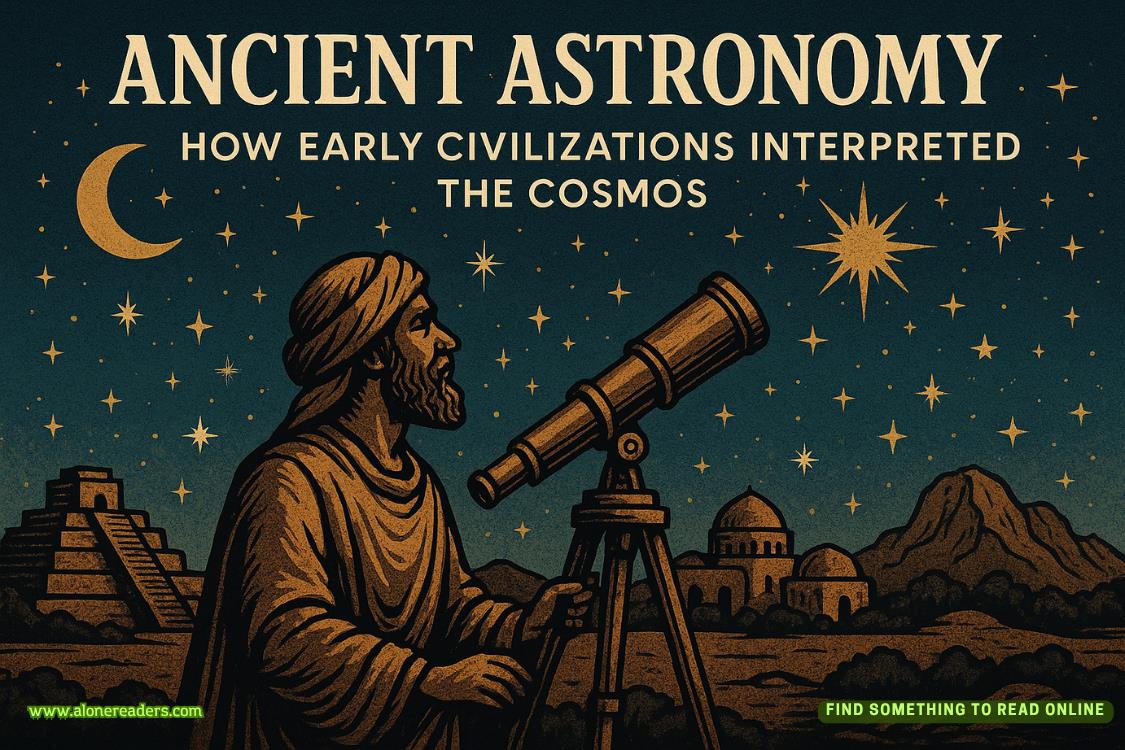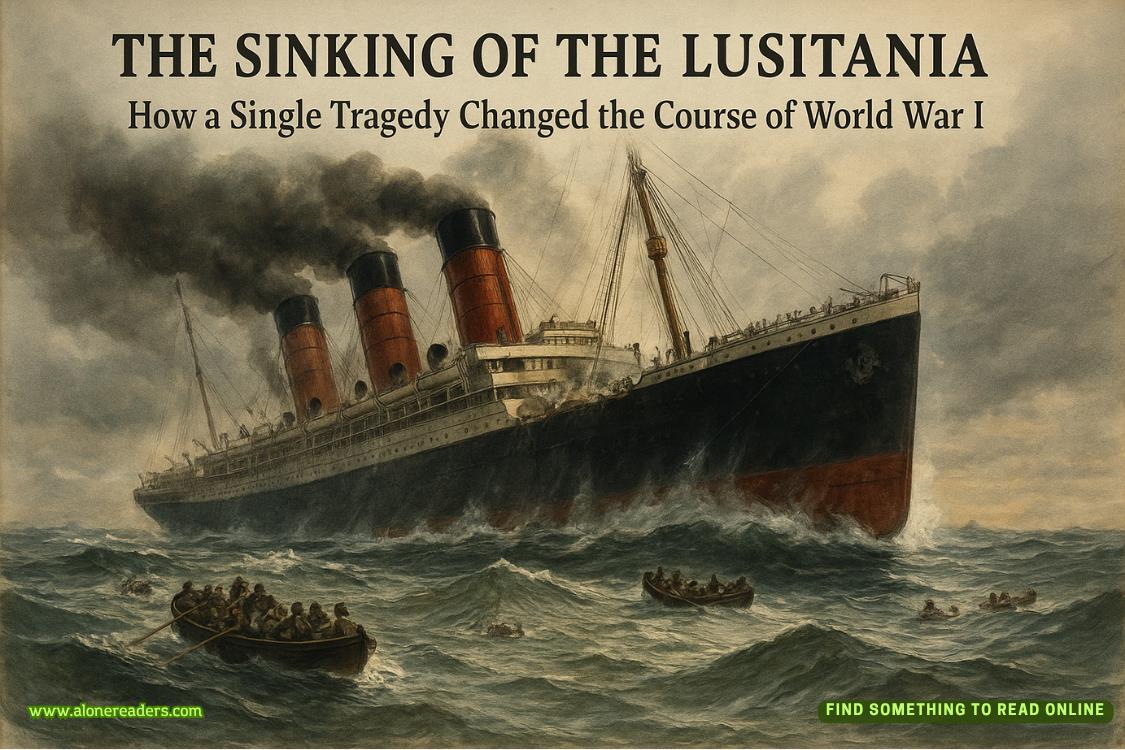Page 137 of The Pillars of the Earth
Chapter 7
I
IT WAS A GREAT DAY when Tom Builder took the stonecutters to the quarry.
They went a few days before Easter, fifteen months after the old cathedral burned down. It had taken this long for Prior Philip to amass enough cash to hire craftsmen.
Tom had found a forester and a master quarryman in Salisbury, where the Bishop Roger’s palace was almost complete. The forester and his men had now been at work for two weeks, finding and felling tall pine trees and mature oaks. They were concentrating their efforts on the woods near the river, upstream from Kingsbridge, for it was very costly to transport materials on the winding mud roads, and a lot of money could be saved by simply floating the wood downstream to the building site. The timber would be roughly lopped for scaffolding poles, carefully shaped into templates to guide the masons and stonecarvers, or—in the case of the tallest trees—set aside for future use as roof beams. Good wood was now arriving in Kingsbridge at a steady rate and all Tom had to do was pay the foresters every Saturday evening.
The quarrymen had arrived over the last few days. The master quarryman, Otto Blackface, had brought with him his two sons, both of whom were stonecutters; four grandsons, all apprentices; and two laborers, one his cousin and the other his brother-in-law. Such nepotism was normal, and Tom had no objection to it: a family group usually made a good team.
As yet there were no craftsmen working in Kingsbridge, on the site itself, other than Tom and the priory’s carpenter. It was a good idea to stockpile some materials. But soon Tom would hire the people who formed the backbone of the building team, the masons. They were the men who put one stone on another and made the walls rise. Then the great enterprise would begin. Tom walked with a spring in his step: this was what he had hoped for and worked toward for ten years.
The first mason to be hired, he had decided, would be his own son Alfred. Alfred was sixteen years old, approximately, and had acquired the basic skills of a mason: he could cut stones square and build a true wall. As soon as hiring began, Alfred would get full wages.
Tom’s other son, Jonathan, was fifteen months old and growing fast. A sturdy child, he was the pampered pet of the whole monastery. Tom had worried a little, at first, about the baby being looked after by the half-witted Johnny Eightpence, but Johnny was as attentive as any mother and had more time than most mothers to devote to his charge. The monks still did not suspect that Tom was Jonathan’s father, and now they probably never would.
Seven-year-old Martha had a gap in her front teeth and she missed Jack. She was the one who worried Tom most, for she needed a mother.
There was no shortage of women who would like to marry Tom and take care of his little daughter. He was not an unattractive man, he knew, and his livelihood looked secure now that Prior Philip was starting to build in earnest. Tom had moved out of the guesthouse and had built himself a fine two-room house, with a chimney, in the village. Eventually, as master builder in charge of the whole project, he could expect a salary and benefits that would be the envy of many minor gentry. But he could not conceive of marrying anyone but Ellen. He was like a man who has got used to drinking the finest wine, and now finds that everyday wine tastes like vinegar. There was a widow in the village, a plump, pretty woman with a smiling face and a generous bosom and two well-behaved children, who had baked several pies for him and kissed him longingly at the Christmas feast, and would marry him as quick as he liked. But he knew that he would be unhappy with her, for he would always hanker after the excitement of being married to the unpredictable, infuriating, bewitching, passionate Ellen.
Ellen had promised to come back, one day, to visit. Tom felt fiercely certain that she would keep that promise, and he clung to it stubbornly, even though it was more than a year since she had walked out. And when she did come back he was going to ask her to marry him.
He thought she might accept him now. He was no longer destitute: he could feed his own family and hers too. He felt that Alfred and Jack could be prevented from fighting, if they were handled right. If Jack were made to work, Alfred would not resent him so badly, Tom thought. He was going to offer to take Jack as an apprentice. The lad had shown an interest in building, he was as bright as a button, and in a year or so he would be big enough for the heavy work. Then Alfred would not be able to say that Jack was idle. The other problem was that Jack could read and Alfred could not. Tom was going to ask Ellen to teach Alfred to read and write. She could give him lessons every Sunday. Then Alfred would be able to feel every bit as good as Jack. The boys would be equal, both educated, both working, and before long much the same size.
He knew Ellen had really liked living with him, despite all their trials. She liked his body and she liked his mind. She would want to come back to him.
Whether he would be able to square things with Prior Philip was another matter. Ellen had insulted Philip’s religion rather decisively. It was hard to imagine anything more offensive to a prior than what she had done. Tom had not yet solved that problem.
Meanwhile, all his intellectual energy was employed in planning the cathedral. Otto and his team of stonecutters would build a rough lodge for themselves at the quarry, where they could sleep at night. When they were settled in, they would build real houses, and those who were married would bring their families to live with them.
Of all the building crafts, quarrying required the least skill and the most muscle. The master quarryman did the brainwork: he decided which zones would be mined and in what order; he arranged for ladders and lifting gear; if a sheer face was to be worked he would design scaffolding; he made sure there was a constant supply of tools coming from the smithy. Actually digging out the stones was relatively simple. The quarryman would use an iron-headed pickax to make an initial groove in the rock, then deepen it with a hammer and chisel. When the groove was big enough to weaken the rock, he would drive a wooden wedge into it. If he had judged his rock rightly, it would split exactly where he wanted.
Laborers removed the stones from the quarry, either carrying them on stretchers or lifting them with a rope attached to a huge winding wheel. In the lodge, stonecutters with axes would hack the stones roughly into the shape specified by the master builder. Accurate carving and shaping would be done at Kingsbridge, of course.
The biggest problem would be transport. The quarry was a day’s journey from the building site, and a carter would probably charge fourpence a trip—and he could not carry more than eight or nine of the big stones without breaking his cart or killing his horse. As soon as the quarrymen were settled in, Tom had to explore the area and see whether there were any waterways that could be used to shorten the journey.
They had set off from Kingsbridge at daybreak. As they walked through the forest, the trees arching over the road made Tom think of the piers of the cathedral he would build. The new leaves were just coming out. Tom had always been taught to decorate the cushion capitals on top of the piers with scrolls or zigzags, but now it occurred to him that decorations in the shape of leaves would look rather striking.
They made good time, so that by midafternoon they were in the vicinity of the quarry. To his surprise, Tom heard in the distance the sound of metal clanging on rock, as if someone was working there. Technically the quarry belonged to the earl of Storing, Percy Hamleigh, but the king had given Kingsbridge Priory the right to mine it for the cathedral. Perhaps, Tom speculated, Earl Percy intended to work the quarry for his own benefit at the same time as the priory worked it. The king probably had not specifically prohibited that, but it would cause a lot of inconvenience.
As they drew nearer, Otto, a dark-skinned man with a rough manner, frowned at the sound, but he said nothing. The other men muttered to one another uneasily. Tom ignored them but he walked faster, impatient to find out what was going on.
The road curved through a patch of woodland and ended at the base of a hill. The hill itself was the quarry, and a huge bite had been taken out of its side by past quarry men. Tom’s initial impression was that it would be easy to work: a hill was bound to be better than a pit, for it was always less trouble to lower stones from a height than to lift them out of a hole.
The quarry was being worked, no question of that. There was a lodge at the foot of the hill, a sturdy scaffold reaching twenty feet or more up the scarred hillside, and a stack of stones waiting to be collected. Tom could see at least ten quarrymen. Ominously, there were a couple of hard-faced men-at-arms lounging outside the lodge, throwing stones at a barrel.
“I don’t like the look of this,” said Otto.
Tom did not like it either, but he pretended to be unperturbed. He marched into the quarry as if he owned it, and walked swiftly toward the two men-at-arms. They scrambled to their feet with the startled, faintly guilty air of sentries who have been on guard for too many uneventful days. Tom quickly looked over their weapons: each had a sword and a dagger, and they wore heavy leather jerkins, but they had no armor. Tom himself had a mason’s hammer hanging from his belt. He was in no position to get into a fight. He walked straight at the two men without speaking, then at the last minute turned aside and walked around them, and continued on to the lodge. They looked at one another, unsure what to do: if Tom had been smaller, or had not had a hammer, they might have been quicker to stop him, but now it was too late.
Tom went into the lodge. It was a spacious wood building with a fireplace. Clean tools hung around the walls and there was a big stone in the corner for sharpening them. Two stonecutters stood at a massive wooden bench called a banker, trimming stones with axes. “Greetings, brothers,” Tom said, using the form of address of one craftsman to another. “Who’s the master here?”
“I’m the master quarryman,” said one of them. “I’m Harold of Shiring.”
“I’m the master builder at Kingsbridge Cathedral. My name is Tom.”
“Greetings, Tom Builder. What are you here for?”















